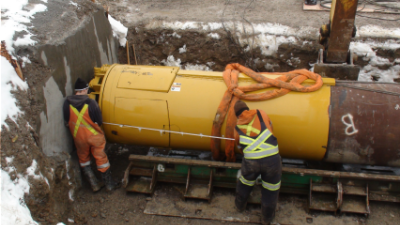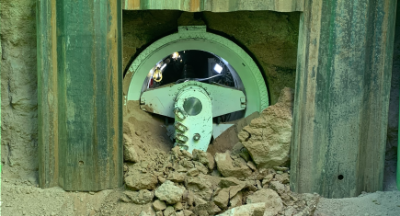Blog
With over 50 years in the field, we try to answer the most common and practical questions.
-
2 min read
How does the OTS system work?
Learn how all the parts of the OTS system work together to precisely navigate crossings and adjust for unexpected conditions.
-
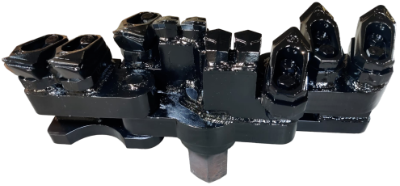
3 min read
When should I use an extreme bit in horizontal boring?
The decision to use an extreme bit in horizontal boring depends on various factors that ensure the efficiency and success of the drilling process.
-
4 min read
How important is it to have your steering head on line and grade?
Precision in engineering is crucial, especially when it comes to the alignment of steering heads in construction projects. The steering head, a pivotal part of the directional drilling process, must be meticulously aligned with the planned line and grade. This precision is vital for numerous reasons, ranging from safety to cost-efficiency.
-
4 min read
When considering horizontal crossings, how does the OTS compare to a Pilot Tube system?
Horizontal drilling technology has made significant strides in recent years, offering innovative solutions for underground utility installations. Among these, the OTS and the Pilot Tube System stand out as two key methods, each with its unique approach and application in horizontal crossings.
-
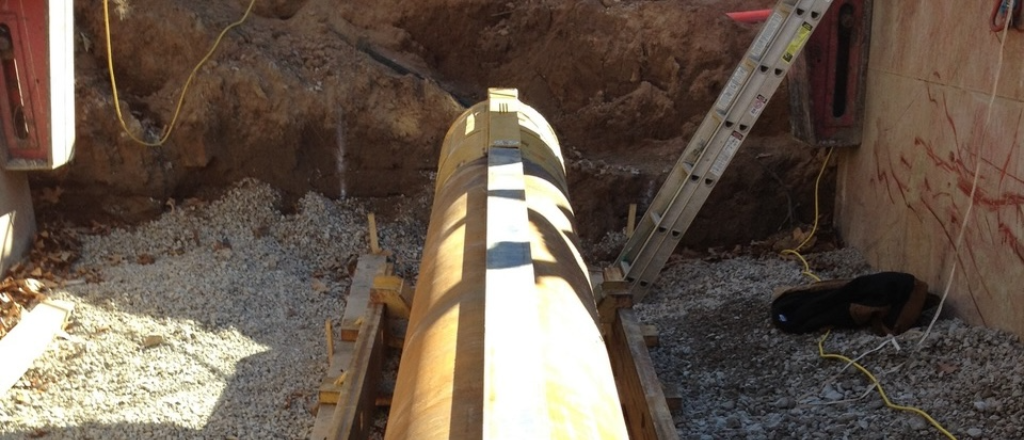
3 min read
Can I use a 24 in casing to bore a 600 ft or longer horizontal crossing?
The use of a 24-inch casing in horizontal drilling is determined by several factors, including the geology of the area, the length of the crossing, the type of material to be transported, and environmental considerations.
-
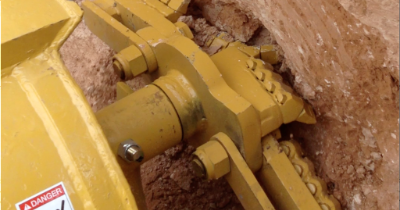
3 min read
Can a standard OTS bit work in clay?
When selecting a standard OTS bit for clay, several factors need to be considered to ensure effective drilling.
-
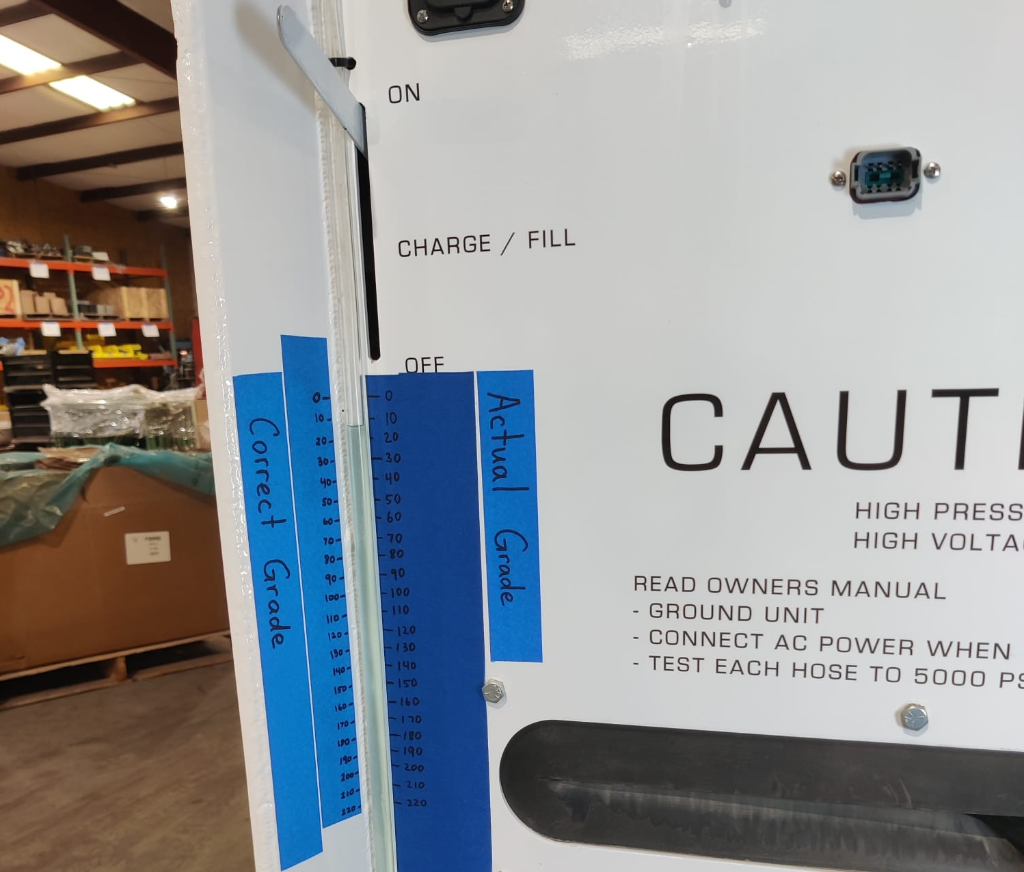
3 min read
How do you use the water level to check grade in a horizontal crossing and how accurate is it?
Grade checking is a critical process in horizontal drilling to ensure that the bore path follows the designed route at the correct angle and depth. Accurate grade checking is vital for avoiding obstacles, maintaining structural integrity, and ensuring efficient installation of pipelines or cables.
